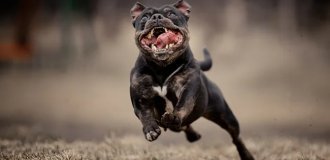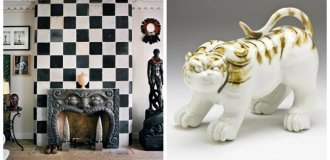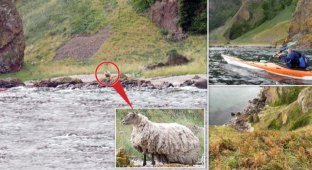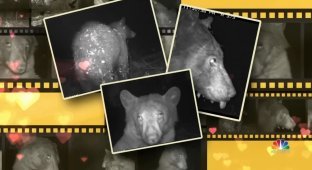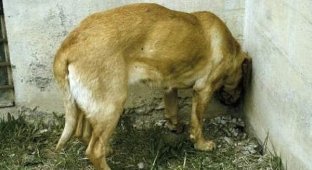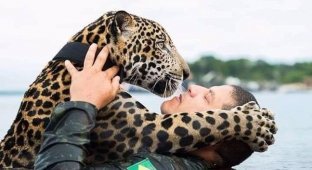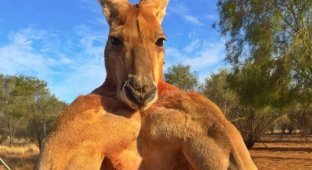Bonacon - the most indecent animal of the ancient world (8 photos)
This animal is a favorite character in medieval bestiaries. And it’s not surprising - at that time people loved to laugh just as much as we did, and their sense of humor was unpretentious. However, what kind of animal is this? And did he have a real prototype? 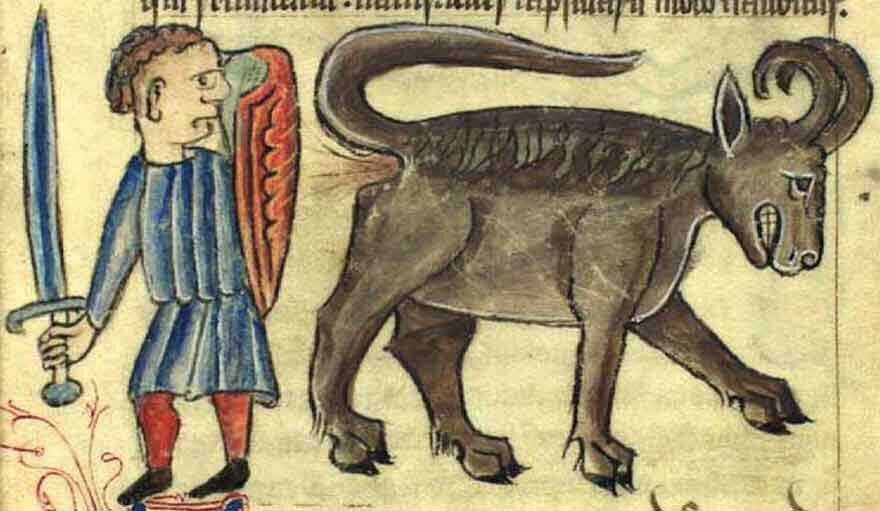
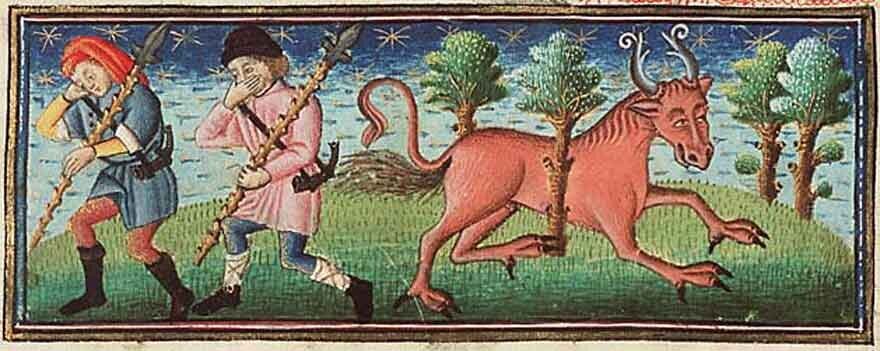
Here is what a medieval author reports about him: “There are several different types of bulls, one of which is found in Asia and is called bonacon. When hunted by man or another animal, it empties the contents of its stomach from its vile side, which is so foul that it burns and destroys everything it touches.” (Brunetto Latini, “Book of Treasures”. XIII century) 
It is noteworthy that people believed in the existence of such an animal for more than a thousand years! There is also mention of it in Pliny the Elder. True, Pliny calls it differently... 
“...They say that in Paeonia live wild animals called bonasus, with a mane like a horse, and the rest like a bull. They have horns curved inward, so that they are unsuitable in battle, so they help themselves when they run away by emitting dung, sometimes three jugeras long, which burns their pursuers, when they touch it, like a flame.” (Pliny the Elder, Natural History. 1st century) 
And the very first evidence of bonacone-bonasus is found in Aristotle’s “History of Animals” - in the 4th century BC! Aistotles story is replete with funny details... 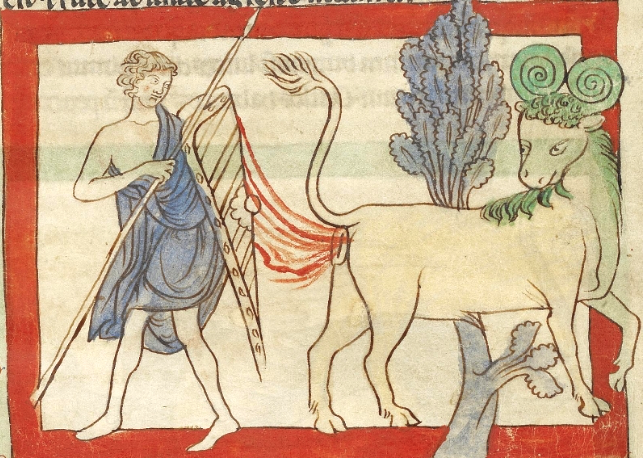
“...Paeonia lives on Mount Messapia; the Paeonians call it Mnoapos. Roars like a bull. Its horns are curved inward and facing each other and do not serve the purpose of self-defense. To defend itself from attack, it forcefully throws out its excrement, which is so caustic that it burns the fur of hounds. When the time comes for the females to give birth, they scatter their dung in all directions, forming a kind of rampart of it, because they have the ability to throw out dung in incredible quantities." (Aristotle, History of Animals. 343 BC) 
Paeonia is Thrace (the birthplace of Spartacus), a region north of ancient Macedonia. And, by the way, “mnoapos” is one of the few Thracian words known to us. Researchers suggest that the animal that became the prototype of the “mnoapos” is the aurochs or bison. Where did such unusual and uncharacteristic details for wild bulls come from in the description? 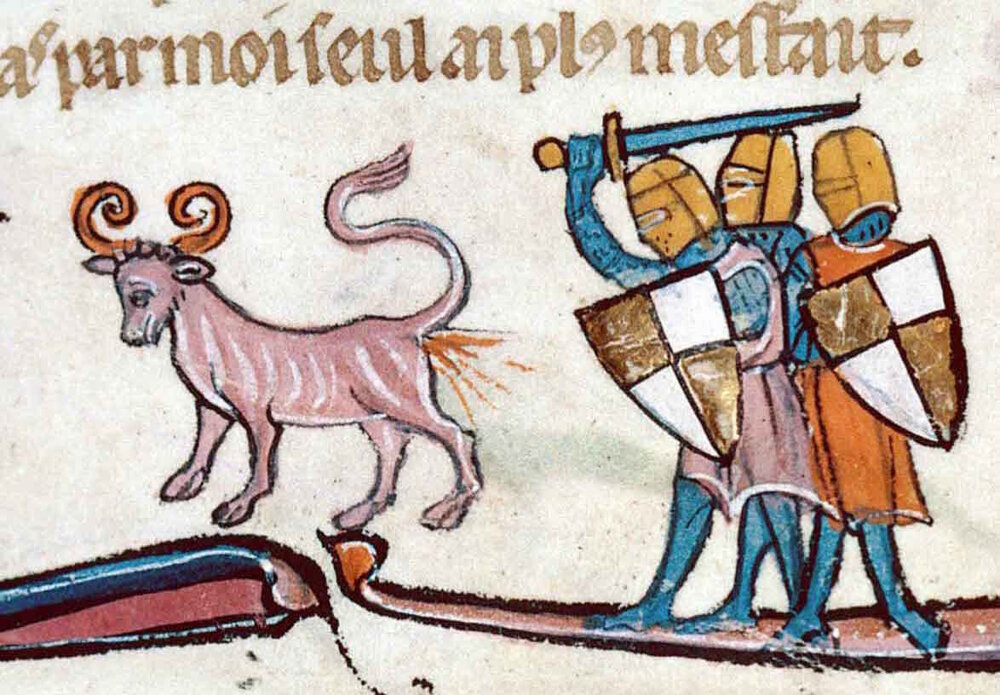
It is known that Aristotle wrote the History of Animals during a visit to the island of Lesbos. Local fishermen brought the great scientist all kinds of marine life, which inspired him to create a zoological reference book. Perhaps one of the informants turned out to be a joker?






